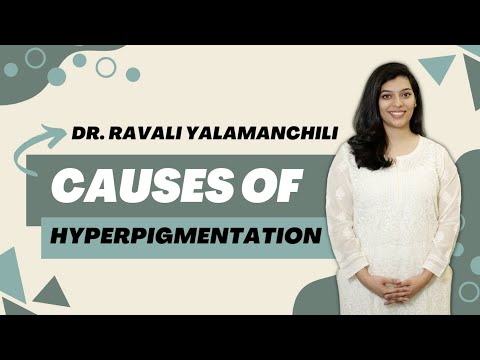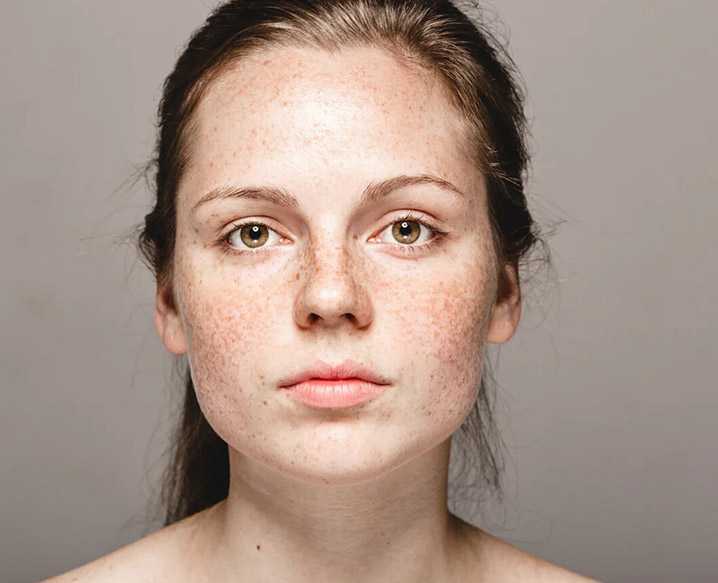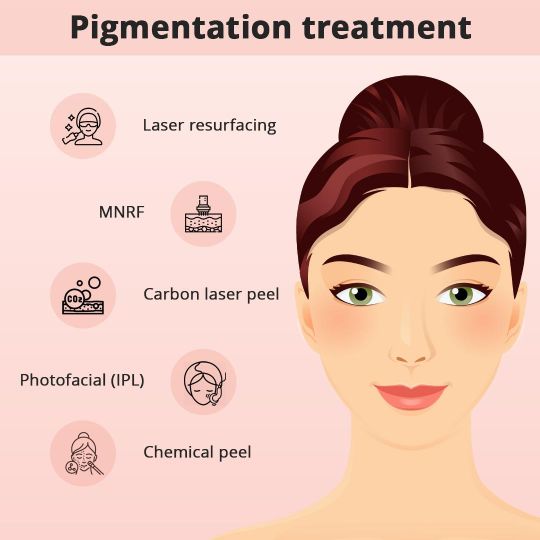What is the Cost Of Pigmentation Treatment in Hyderabad?
Pigmentation Treatment Cost in Hyderabad ranges from Rs. 3000 - Rs. 12,000 per session.
We all spend a considerable amount of time, effort, and money attempting to improve our appearance. Yet, home remedies and cosmetics are only useful to a certain extent in addressing skin disorders. Cosmetic or aesthetic treatments are one tool that can be used to improve the look and fix any flaws or imperfections that make one feel self-conscious.
If one has decided to undertake pigmentation treatment, one will undoubtedly want to learn about the costs involved. The cost of pigmentation treatment in Hyderabad at our clinic ranges between Rs. 3000 to Rs 12,000 per session. It is important to note that the exact cost would be determined on the severity of the condition, the type of treatment used, and the number of sessions needed to achieve the best outcomes. One should not be tempted to choose a treatment solely on the basis of price, since this may jeopardize the skin and health.
Neya Clinic offers a variety of skin care and beauty procedures. Our highly qualified team of specialists, well-trained staff, and cutting-edge equipment will ensure that one is completely delighted with the procedure's results. Visit Neya Clinic today to receive an exact estimate of the pigmentation treatment cost in Jubilee Hills, Hyderabad!




